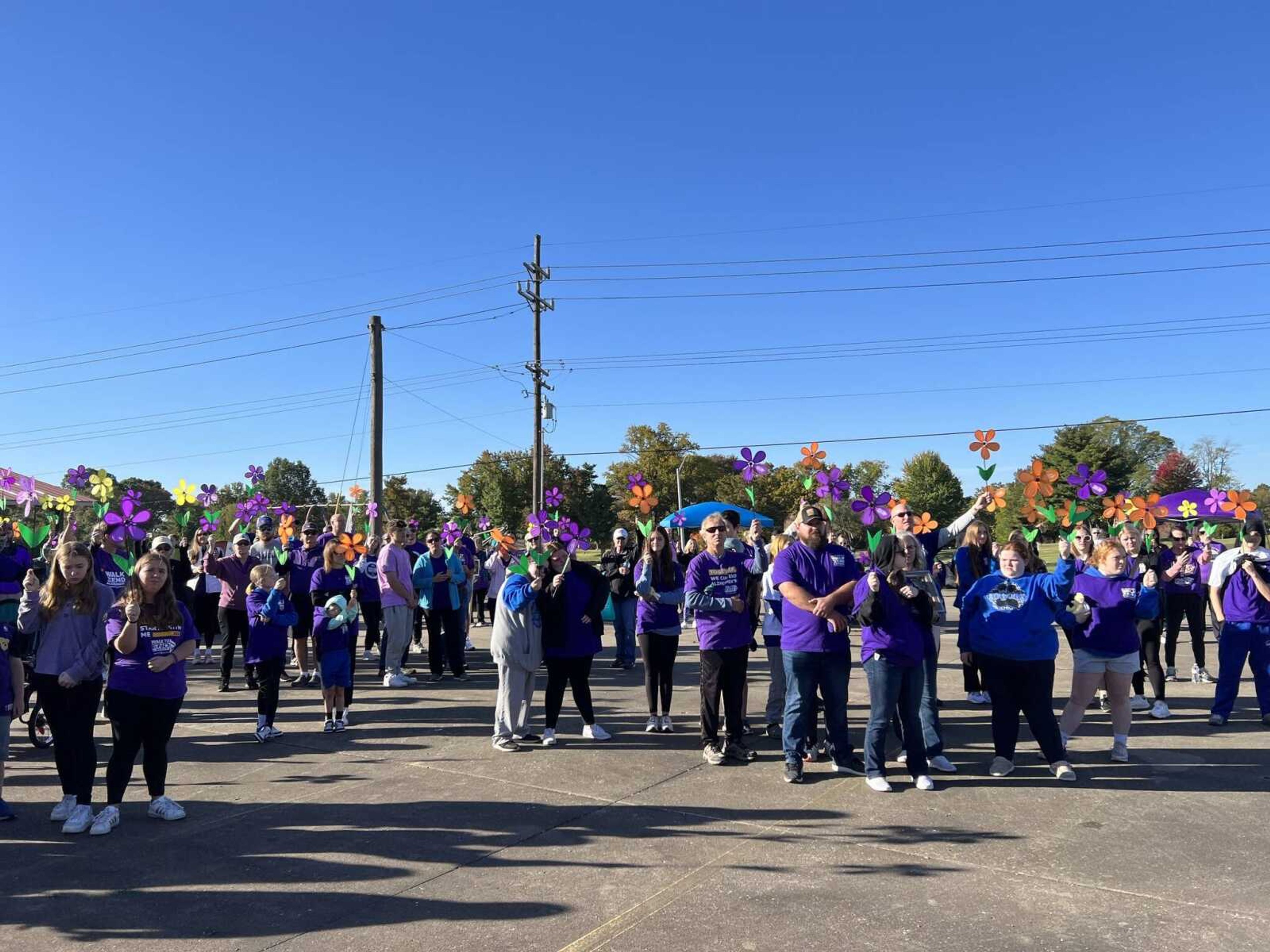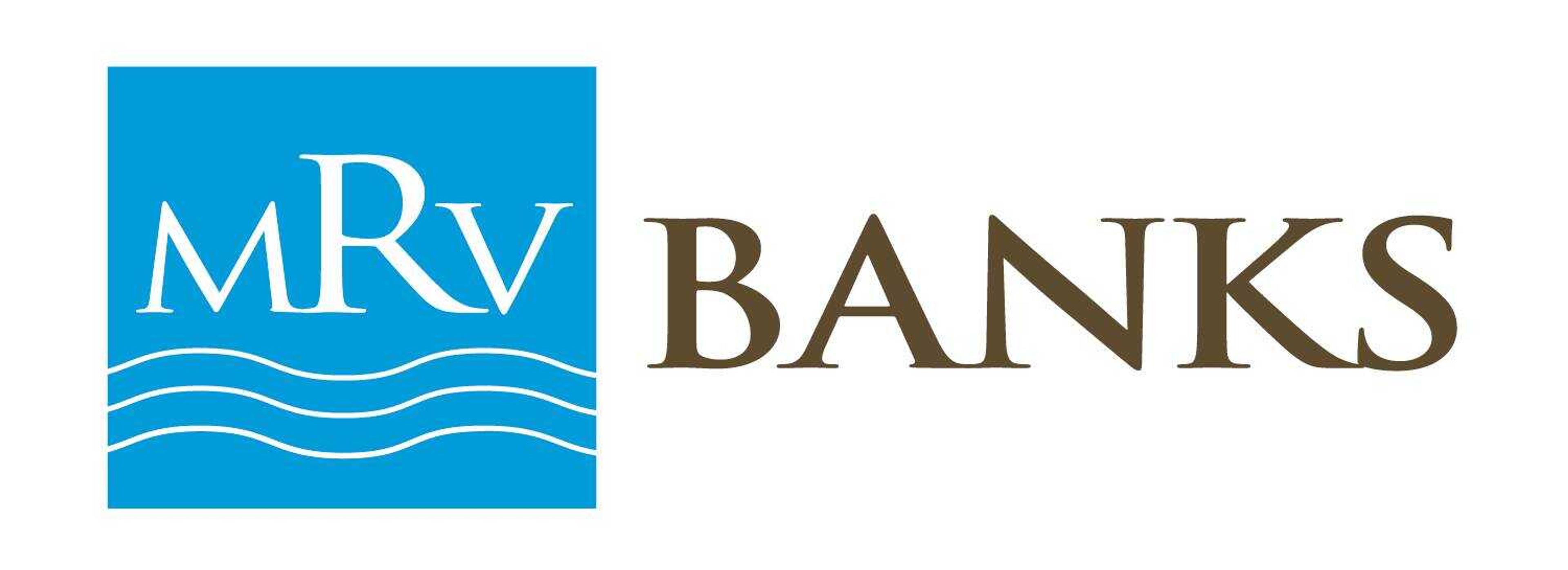For some people, the arrival of spring means it’s time to work in the garden, air up the bicycle tires or clean the grill.
For me, the first day of spring means it’s time to buy a stack of index cards, several ink pens and a variety pack of highlighters. Because along with biking and walking and watching Cardinals baseball, spring is when I begin preparing for National Novel Writing Month, or, as it’s more commonly called, NaNoWriMo.
Every November since 1989, NaNoWriMo has brought together thousands of people from around the globe. During this month, people from all walks of life — from artists to zookeepers, people from all religions and ethnicities and races — have one thing in common.
They become authors.
They strive to meet the challenge of writing a 50,000-word rough draft of a novel in 30 days.
That sounds like a monumental task. But, as repeat-participants will assure you, it’s much easier than it sounds.
On average, a participant must write 1,667 words per day. To put that into perspective, I wrote the first 350 words of this column’s rough draft in seven minutes. At that pace, I can write 1,667 words in about 35 minutes.
But no matter how much time it takes, what’s the point?
Some people participate for the sheer joy of writing and the bragging rights that completion brings. Others do so with an eye on revising and editing their draft after December 1, in hopes their work will eventually be published.
And it happens! “Water for Elephants” by Sara Gruen and “Fangirl” by Rainbow Rowell are just two of the eight best-selling novels drafted during NaNoWriMo in the past few years alone. NaNoWriMo books have also gone on to become major motion pictures.
The key to churning out the great American novel is to identify the type of writer you are and proceed from there. Participants tend to fall into two categories.
The first is the Pantsers. These people do little, if any, preparation and write “by the seat of their pants.” They have an idea — sometimes just one sentence — and when November 1 rolls around, they begin typing.
Other novelists are Plotsers. They spend anywhere from a few weeks to several months fleshing out their initial idea by creating character sketches and at least a basic outline of their plot. Many Plotsers develop specific scenes and add them to the outline. In November, they simply turn that outline into sentences, paragraphs and chapters.
I’m a Plotser. From March 19th — the first day of spring — until late October, I plot and plan as the mood and my schedule permits.
At 11:45 p.m. on October 31, I put on my most comfortable sweats and fuzzy socks, pour a glass of sweet tea, spread out my outline and character note cards on the table, and open my laptop. And when the clock chimes midnight, I type my first sentence and enter the wonderful world of NaNoWriMo.
Are you interested in learning more about NaNoWriMo? More information can be found at nanowrimo.org. Another great resource is “Write Your Novel in a Month” by Jeff Gerke (Writers Digest Books, 2013).
Connect with the Southeast Missourian Newsroom:
For corrections to this story or other insights for the editor, click here. To submit a letter to the editor, click here. To learn about the Southeast Missourian’s AI Policy, click here.









